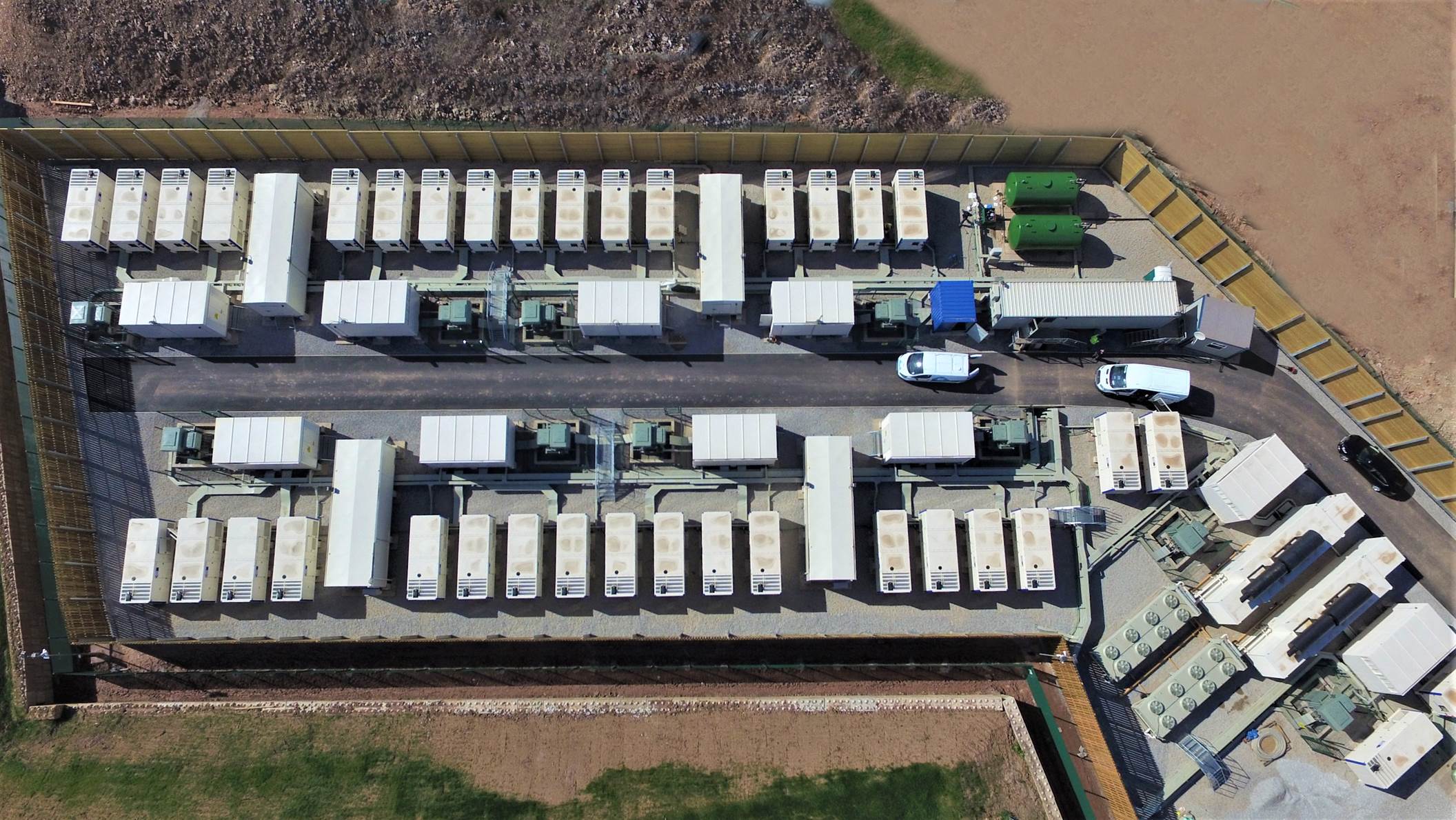
The UK’s biggest battery storage project so far has been acquired by London Stock Exchange-listed battery storage investor Gresham House Energy Storage Fund and is already participating in numerous grid services markets.
Gresham House said that it has completed its investment in the 50MW / 75MWh Thurcroft battery storage site in South Yorkshire, which is in northern England.
Enjoy 12 months of exclusive analysis
- Regular insight and analysis of the industry’s biggest developments
- In-depth interviews with the industry’s leading figures
- Annual digital subscription to the PV Tech Power journal
- Discounts on Solar Media’s portfolio of events, in-person and virtual
The asset has been acquired from Gresham House DevCo and Noriker Power, with Gresham House having acquired a 5% stake in the latter in 2019.
The Thurcroft asset was acquired from the two developers for a total enterprise value of £32.5 million (US$42.32 million), plus up to £0.75 million of deferred contingent consideration. It becomes Gresham House's 11th operational utility-scale battery storage project, bringing the total portfolio to 265MW.
It is expected that Gresham House's completion of the acquisition of another asset, the 50MW Wickham battery storage site, is to occur shortly. John Leggate CBE, chair of Gresham House Energy Storage Fund, said: “Thurcroft is our largest battery project yet and we’re delighted that it’s now live. The dynamic fluctuations in power on the National Grid during lockdown, and the unassailable rise of wind and solar installations, have sharpened the focus on the need for fast-acting, flexible storage at scale.”
Prior to Thurcroft's completion, the 49MW Red Scar asset was Gresham House's largest, having completed its £32.8 million acquisition in January 2020.
Meanwhile, Flexitricity, a demand response and flexibility energy services provider, contacted Energy-Storage.news to say that the project is already generating revenue and at the same time helping electric system operator National Grid ESO to balance the UK grid.
Gresham House contracted Flexitricity to optimise the asset’s operation following successful work on a previous project.
It has already joined the Balancing Mechanism (BM), which balances demand and supply on the network in real-time and is becoming a common source of revenues for energy storage projects in the UK. Flexitricity’s control room monitors the Thurcroft asset round-the-clock and alters the battery system’s charge and discharge profile accordingly.
Thurcroft is also set to be used in the wholesale markets, as well as tender to provide frequency response ancillary services to the grid. According to Flexitricity, the battery project has already been able to secure “high value” daily contracts for participating in National Grid ESO’s Dynamic Containment market – the grid operator’s newest, much-talked about frequency regulation opportunity.
“Flexibility is a hugely important part of decarbonising the grid and batteries are an excellent source of flexibility. Investors are getting comfortable with the business case for energy storage and it’s great this year to be seeing a number of large batteries coming onto the system, providing more of the rapid response flexibility National Grid ESO needs to maintain system stability,” Andy Lowe, Flexitricity director, said.
“I’m glad to say we’re off to a great start and have been able to optimise revenue for the battery across a range of markets, including securing high prices in the first ever tender round of the newly launched Dynamic Containment service.”
Planning regulations which changed in Britain a while ago could change the landscape for the country’s big battery systems. Over 1GW of utility-scale battery capacity has been deployed already and a recent government ruling lifted certain restrictions and planning hurdles placed on battery projects of over 50MW.
Ben Guest, Gresham House managing director alluded to Great Britain needing “at least 10GW” of energy storage “in the next few years to enable the orderly transition to a renewables-led electricity market” and said that Gresham is targeting 350MW of operational assets by the end of this year.
“In turn, we aim to contribute meaningfully to the UK’s 2050 net zero ambitions, while achieving strong returns for our investors.”
Additional reporting for Energy-Storage.news by Andy Colthorpe.
The original version of this story appeared on Solar Power Portal.






